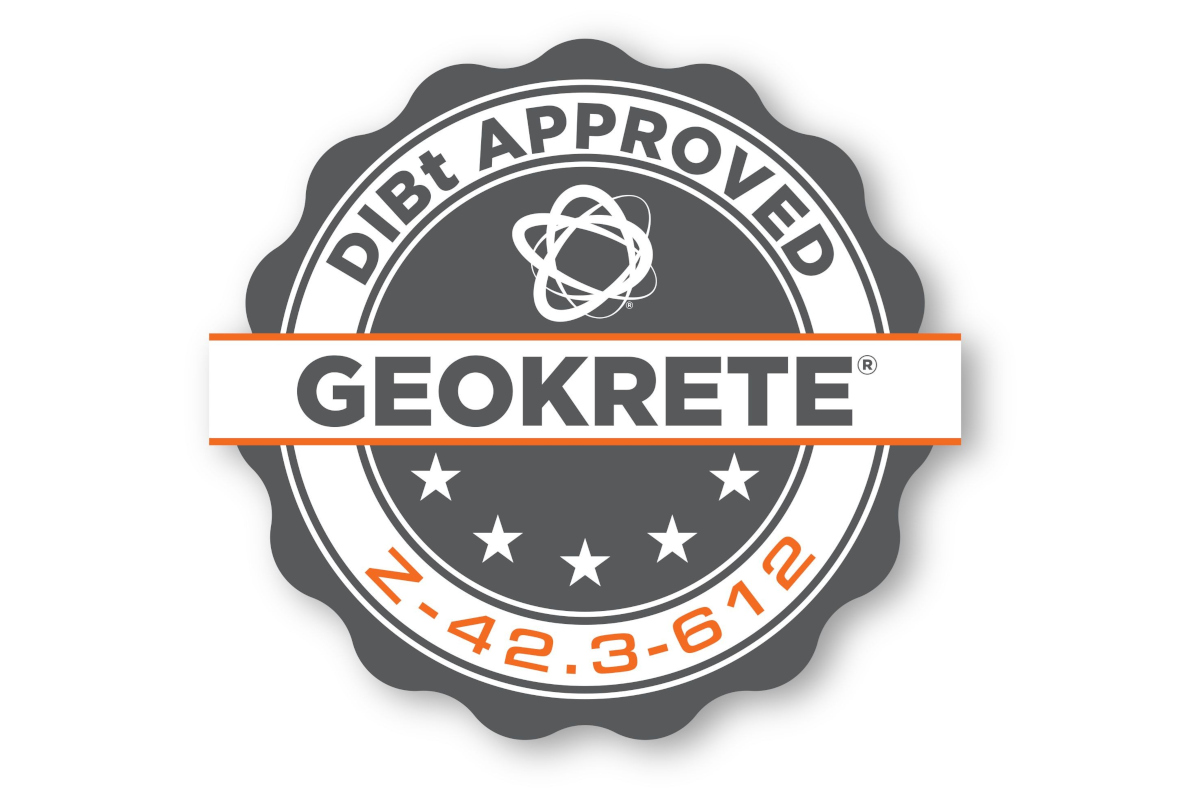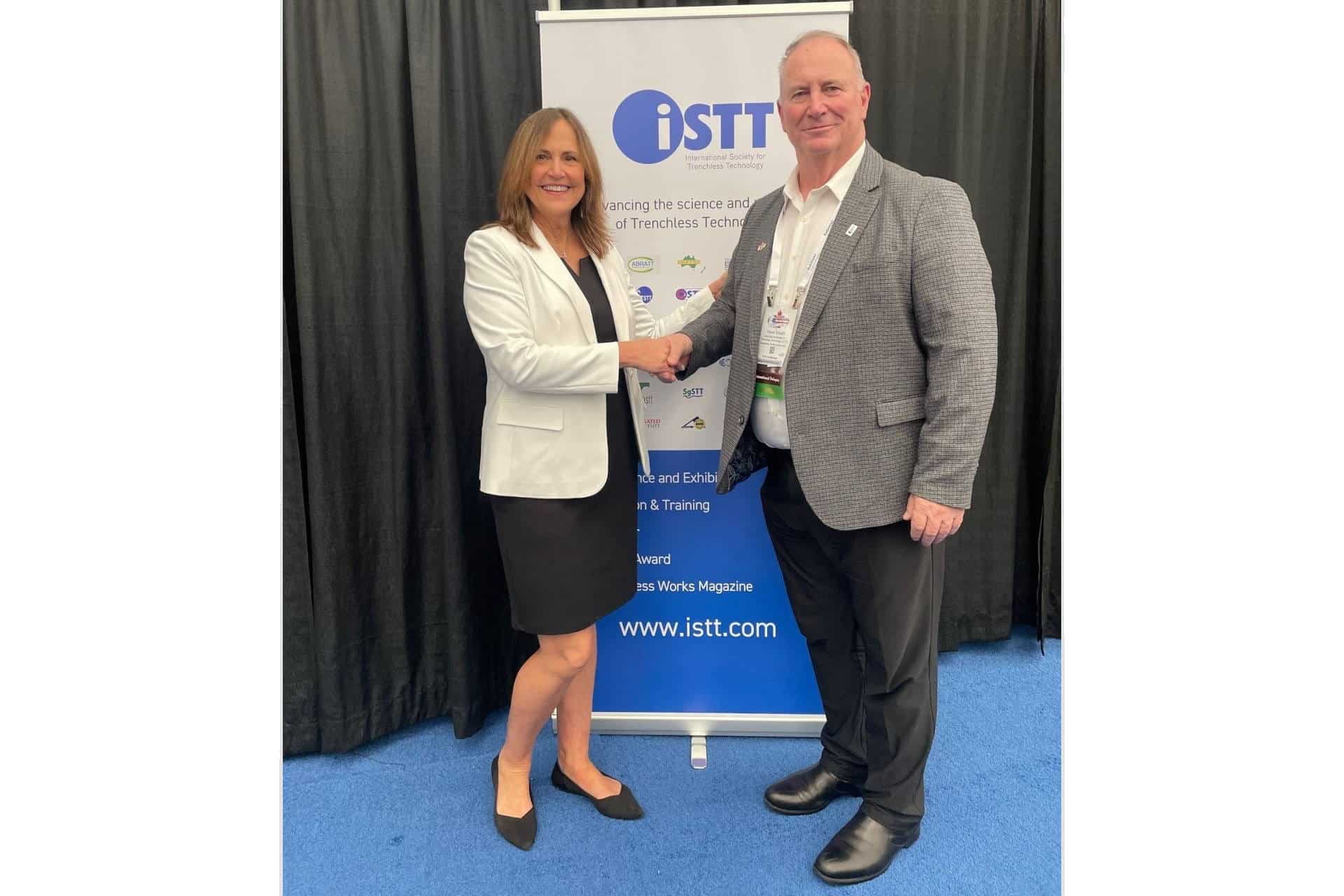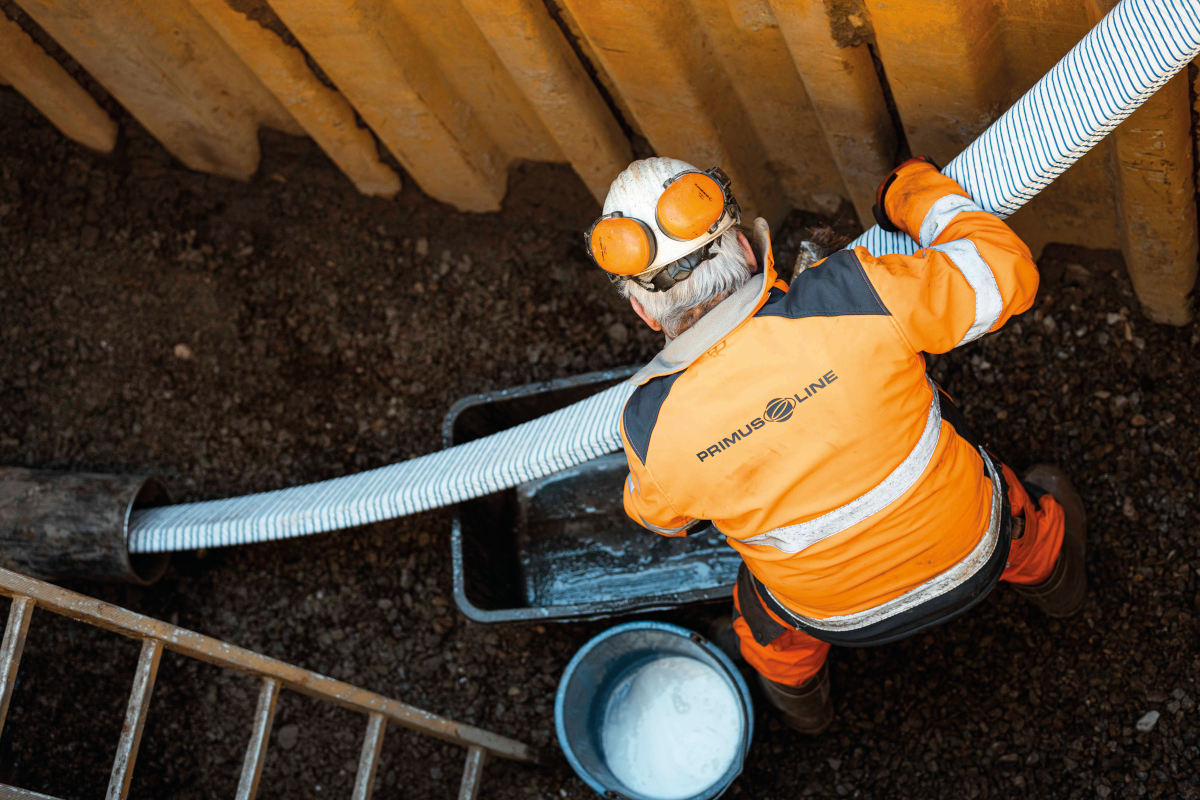Submarine Cables Expand Communication Infrastructures
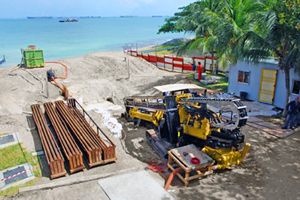 In the last 10 years, emerging Internet technologies like voice- and video-over-IP and broadband access have driven exponential growth in bandwidth requirements. As a result, Singapore, which sits at the crossroads between Asia Pacific and India/Europe, has become a major hub for submarine cables used for Internet and telecommunications infrastructures.
In the last 10 years, emerging Internet technologies like voice- and video-over-IP and broadband access have driven exponential growth in bandwidth requirements. As a result, Singapore, which sits at the crossroads between Asia Pacific and India/Europe, has become a major hub for submarine cables used for Internet and telecommunications infrastructures.
And just 20 km south of Singapore, across the Strait of Singapore, Batam Island has grown into a major industry and telecommunication center for Indonesia. Now, Indonesian telecom operators have taken advantage of Batam Island’s proximity to Singapore by installing a submarine cable network to expand Indonesia’s information pipeline to the rest of the world.
However, the Strait of Singapore is one of the busiest sea routes in the world. Protecting the submarine cables, particularly those near the shoreline, requires an advanced installation method to run the cable under the beach to a Beach manhole. Horizontal directional drilling (HDD) is the preferred installation method for this technique and one of the leading local construction companies — Lucky Joint Pte Ltd. — has successfully carried out this complex engineering operation for a number of new submarine cable and backhaul systems over the last few years.
Drilling Under Water
Formed in 1982, Lucky Joint is run by two brothers who started working together on subcontract projects back in 1976. Now with a staff of 158, with 63 vehicles and 50 machines including two Vermeer horizontal directional drilling (HDD) rigs, the company is a clear success.
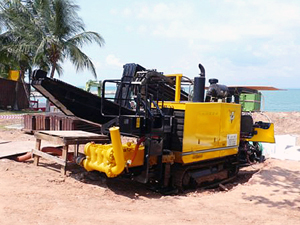 “We have a tradition of investing in the latest machinery. It’s a policy that has helped us distinguish our business and secure major contracts,” says Yeow Kian Seng, owner of Lucky Joint. “We are the first local company to own a Vermeer® D33x44 and D80x120 NAVIGATOR horizontal directional drills. Owning these powerful and reliable rigs has definitely been a key factor in winning drilling projects in the area.”
“We have a tradition of investing in the latest machinery. It’s a policy that has helped us distinguish our business and secure major contracts,” says Yeow Kian Seng, owner of Lucky Joint. “We are the first local company to own a Vermeer® D33x44 and D80x120 NAVIGATOR horizontal directional drills. Owning these powerful and reliable rigs has definitely been a key factor in winning drilling projects in the area.”
Lucky Joint’s HDD capabilities recently won it three contracts to install undersea pipelines from the Singapore shoreline for the Submarine Cable Link Companies. This project involved using the D80x120 to drill three separate bores seaward towards the punch-out points about 400 m from the beach, each beginning from a different point on the Singapore shoreline. The three bores formed part of the submarine connections for HDPE PN 16 160-mm diameter pipes, prior to installing fiber-optic cables.
“Drilling began from the eastern part of Singapore. All the bores were at a minimum depth of 4 m below the seabed. The lengths of 528 m, 284 m and 450 m were drilled to the respective punch-out points where the scope of our work ends. Then under a separate contract, each bore was connected to an open trench where the pipes were joined by divers and linked to Batam Island,” explained Yeow Kian Seng.
Hard Clay, Tough Challenge
Given the company’s experience and the high-quality Vermeer rig, it was no surprise the project went smoothly. Each bore and pullback was completed in only nine days. But that’s not to say it was an easy task. Lucky Joint’s team had to drill through a challenging mix of hard clay and sandy soil.
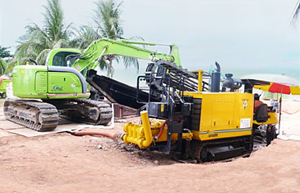 “We received the sea profile drawing and information on ground conditions from the client,” Yeow Kian Seng continues. “Due to the hard clay and sandy soil, we started to drill a pilot bore using a 95-mm mud motor with 133-mm step bit. Steering was achieved by tensor wire steering tools. After the pilot we used a 355-mm fluted reamer to open the hole, and a 305-mm fluted reamer to pull back.”
“We received the sea profile drawing and information on ground conditions from the client,” Yeow Kian Seng continues. “Due to the hard clay and sandy soil, we started to drill a pilot bore using a 95-mm mud motor with 133-mm step bit. Steering was achieved by tensor wire steering tools. After the pilot we used a 355-mm fluted reamer to open the hole, and a 305-mm fluted reamer to pull back.”
“In these difficult ground conditions, choice of drill fluid can be critical. We used a boring gel during the pilot bore, and chose a polymer to provide an accurate and stable ream hole. Everything went according to plan, despite some initial slow progress on back reaming about 120 m from the punch-in point, where we needed to change the drilling fluid ratio.”
Lucky Joint was the first company in Singapore to carry out an HDD project seawards and since then has completed several major HDD contracts. This latest project is helping to expand the cable owners’ telecommunications infrastructure and once again shows the value of Lucky Joint’s investment in horizontal drilling equipment. Now, Batam Island benefits from the latest technology, while its popular shoreline remains completely unspoiled.
Hester Regoort is a technical writer with Two Rivers Marketing, which is based in Des Moines, Iowa.

